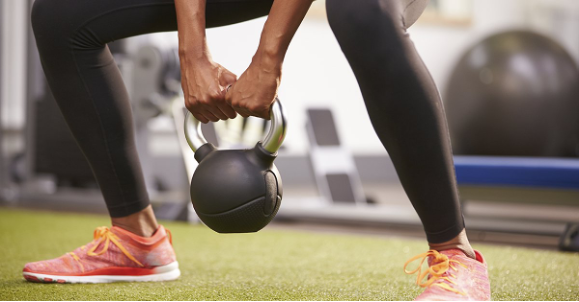Olympic lifting for athletes
- Adrian Bečić
- May 10, 2024
- 3 min read
Coaches tend to find ways to make their athletes/clients faster and more explosive. One of the ways to develop that besides plyometric training, kettlebell swings and medicine ball throws is doing explosive lifts, such as the Olympic lifts. Olympic lifts may be the best way to improve power in athletes. One of the downside is that olympic lifting requires a lot of teaching, fixing form and constant supervision. Some coaches unfortunately are not able to teach their athletes/clients proper form. Olympic lifting is a powerful tool that can help but also hurt. Before starting any Olympic lifting into your program coaches must know how to teach the movements, and athletes must learn how to perform them with good technique. The weight for beginners should be very low in the beginning (15 or 20kg barbell).
Olympic lift is great for functional training program and every athletes (even young) regardless of sport should learn them. Large amount of work and almost every muscle in the body is used in an explosive, coordinated way. Olympic lifting shouldn't be used as a high repetition endurance activity, but always as low repetition (up to 5) power development activity.
Benefits of olympic lifting:
Improves athleticism: It has great effect on coordination and athleticism. An athletes has to perform a jump (concentric part of the lift) and then create the receiving position for the moving barbell (the eccentric portion or "the catch")
Improves eccentric strength: Catching and decelerating moving object (heavy barbell) is the eccentric part of the lift. Learning to absorb force and decelerate is a critical skill in sports. There is great injury prevention value in the eccentric strength that is developed in the catch portion of the olympic lifts.
It's fun: Many athletes find Olympic lifting fun after mastering the technique. They like to watch themselves doing them and enjoy concentric and eccentric part of the lift.
The hang position is the easiest way to teach Olympic lifts. It eliminates a great deal of the lower back stress associated with the Olympic lifts. Any athlete can learn the lifts from the hang position.
The primary objective of Olympic lifts should be developing power and athleticism not impressive musculature. The object is to move the weight in an explosive and athletic manner. The Olympic lifts are intended to train CNS (central nervous system).
The most common olympic lifts that every athlete can learn is clean and snatch. Optional exercise for athletes would be clean and jerk.
Hang Clean
Stand tall while holding the barbell with an overhand grip, hands just outside of the legs. • Keep your core tight and back flat as you hinge forward, sitting the hips back and slightly bending the knees. Hinge until the bar is at mid-thigh. • Thrust the hips forward explosively so that you explode from hinge to triple extension (hip extension, knee extension, and plantar flexion) to give the bar upward momentum as you shrug and bring the bar up. • Catch the bar by landing in a quarter squat underneath the bar, elbows high in the front rack position, and then stand tall after the catch to finish the move.
Snatch
Grip the bar with a wide overhand grip and lift it up to get into the starting position, with the bar resting in the hip crease.
Lower the bar along your thighs, down to about knee-level, by bending your hips and knees.
Reverse the movement and lift the bar in a smooth but fast motion, by extending your legs and knees simultaneously.
Once the bar has reached maximum speed, squat down deep and catch the bar on straight arms over your head.
When you’ve got control of the bar, stand up straight.
Clean and Snatch
Alternatives to Olympic lifting
Some adult clients are not able to learn olympic lifts but still want to gain power in the weight room. Adults are much better with jumps, kettlebell swings and medicine ball throws for power. Most adults have undergone too much postural change to do Olympic lifts. That is why it is good to use these alternatives ti improve power and athleticism in the weight room:
Jump squats
Kettlebell swings
Medicine ball throws
Single arm dumbbell/kettlebell snatch
Single leg cleans and snatches
Single leg clean and snatch, Single arm kettlebell snatch
Olympic lifts and its alternatives is a great tool to develop power without getting bulky. Olympic lifting shouldn't be for only power sport athletes or combat athletes but also athletes competing in team sports. It is suitable for athletes in all sports and all sizes looking for total body strength without increase in size.



















Comentarios